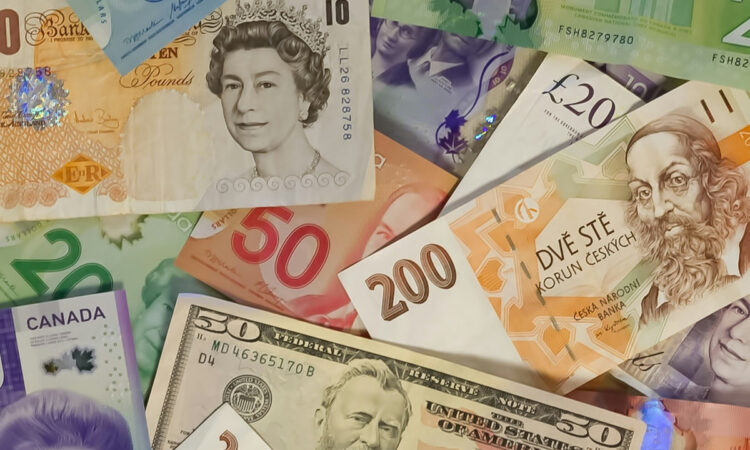
The total amount of money sent by individuals living in the EU to households outside the single market jumped by 14% in 2022, with fewer personal money transfers into the EU leading the bloc’s negative balance to increase by 16%, according to the EU’s statistics bureau Eurostat. During the 12 months to December 2022, Luxembourg households transferred 28% less cash to households outside the EU27 and the grand duchy’s negative balance decreased by 19%.
“Outflows of personal transfers from the EU (i.e., transfers sent by migrants in the EU to their home economies) have grown continuously since 2014, reaching a record level of €43.5bn in 2022, an increase of 13.9% since 2021 (€38.2bn),” Eurostat on 25 January 2024.
In Luxembourg, after spiking during the covid-19 pandemic, the total volume of personal money transfers has fallen. In 2022, it was €34m, down -24% compared to 2019 and up by just 3.8% compared to 2017, while the grand duchy’s population grew by 9.8% between 2017 and 2022.
The net balance (total outflows offset by total inflows) in Luxembourg shrank by 9.4% between 2019 and 2022, to -€36m, but increased by 16% from 2017 to 2022. Across the entire EU27, net remittances continued to climb: by 47% between 2019 and 2022, and by 94% comparing 2017 with 2022.
“The majority of personal transfers consist of flows of money sent by migrants to their country of origin,” Eurostat has previously . Luxembourg residents predominately send cash to non-EU European jurisdictions.
Migrant remittances are a “critical lifeline” in helping households cover essentials like food, healthcare and school fees. However, the cost of sending money home is high. Remitters shell out an average 6.2% to transfer $200, as of the second quarter of 2023, the World Bank has . That is more than twice the sustainable development goal of 3% by 2030. (Merchants in the rich world pay roughly 1%-2% for payment card transactions. Nearly all bank transfers on the EU’s Sepa system are free.)






